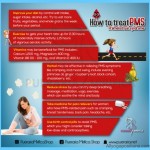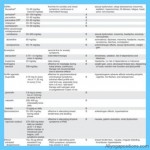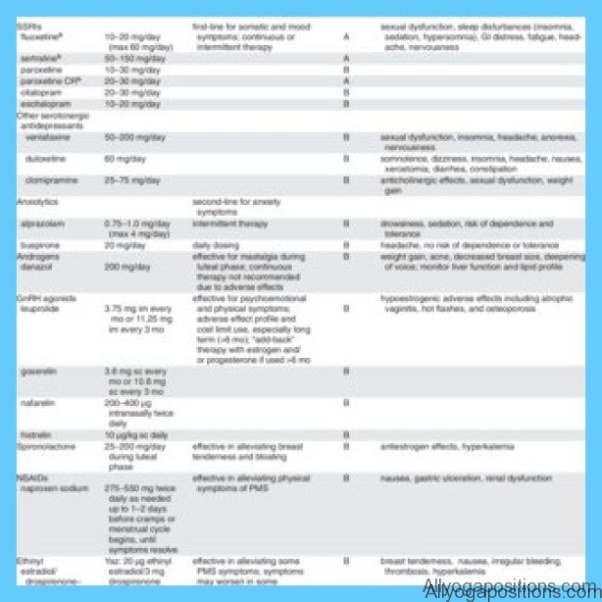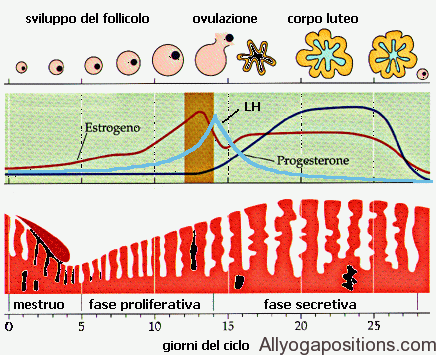Fluid retention, bloating and weight gain are without a doubt the most common PMS complaints among my clients. High levels of estrogen associated with PMS can cause your kidneys to retain water and sodium. Eliminating table salt and foods high in sodium the week before your period will certainly help prevent swollen hands and feet, not to mention tight waistbands.
Sodium is an essential nutrient that our body needs to maintain its fluid balance, but we actually need only a very tiny amount. For sedentary Americans, all it takes is a mere 500 milligrams (or 1/5 teaspoon) of sodium to cover the body’s requirement. If you sweat during exercise you need a little more salt, but not much. You might have already guessed that we’re getting much more sodium than we need—10 times more. Each day the average American consumes about two teaspoons of salt.
To help cut back on sodium, avoid the salt shaker at the table, minimize the use of salt in cooking, and buy commercial food products that are low in added salt. Eating fewer processed foods is one of the key strategies to de-salt your diet. Most of the salt we consume every day comes from processed and prepared foods—only one-fourth comes from the salt shaker!
See the list on page 41 of chapter 1 to help you cut down on foods high in sodium. Aim for no more than 2400 milligrams of sodium each day (that’s 1 teaspoon of salt). To season your foods without adding salt, use herbs, spices, flavored vinegars and fruit juices. Remember that the sodium content of convenience foods labeled “low sodium” or “reduced salt” can vary, so be sure to check the nutrition information panel. And don’t forget to rinse canned vegetables to remove excess salt.








